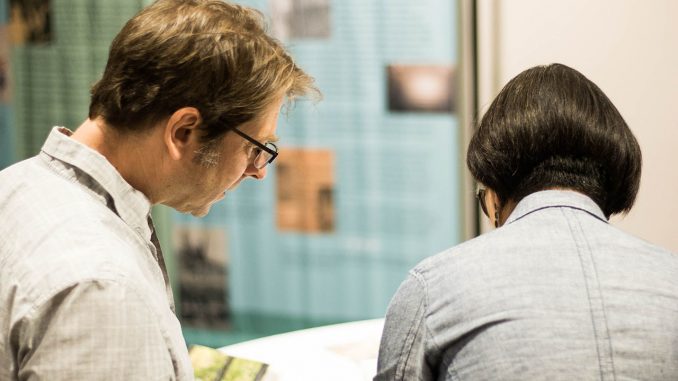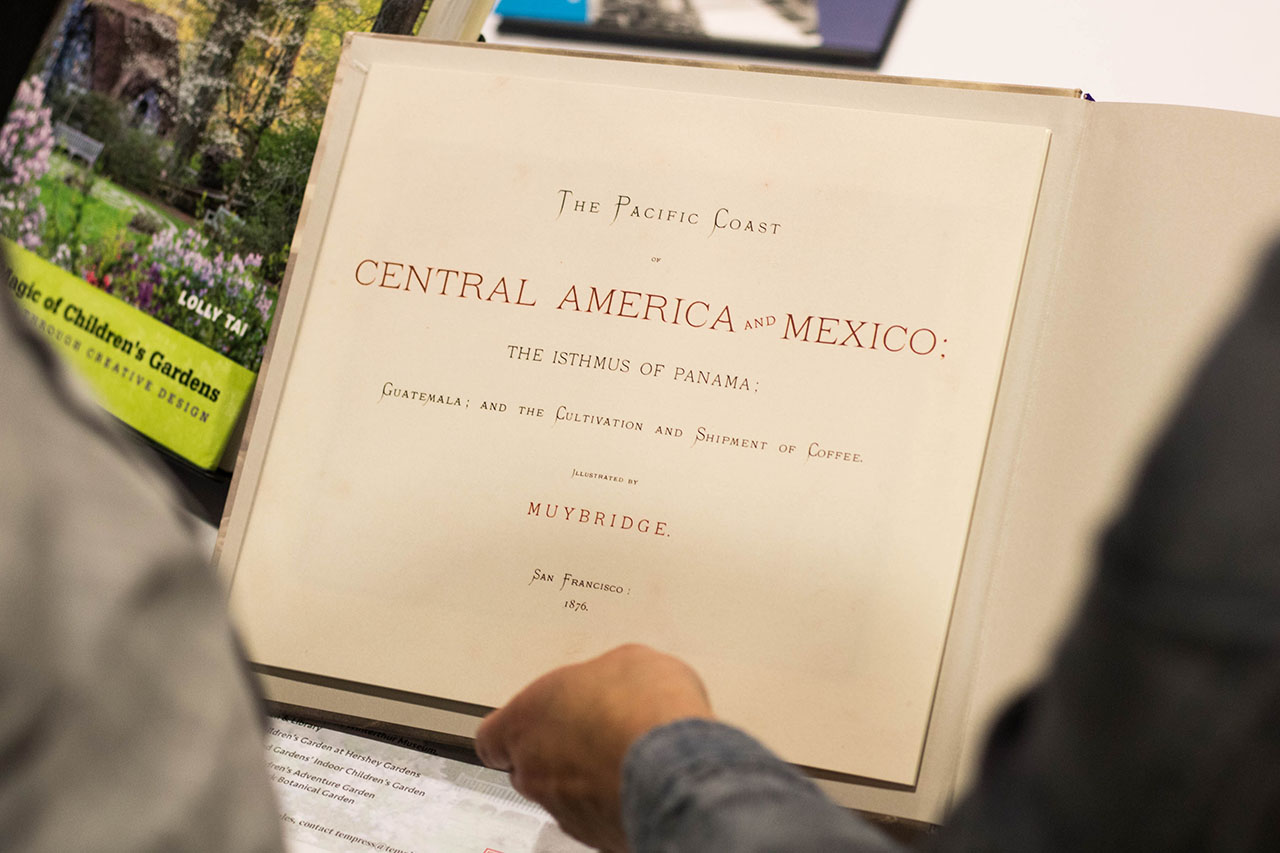
In 2015, Elizabeth Cassidy Parker, a music education professor, was awarded by Temple’s Office of the Vice President for Research in the arts and humanities for her project, “Investigating Safe Space Within Multiple Choral Music Ed Contexts.”
Three years later, she was able to present her community-based case study, which pushes for choral environments to celebrate inclusivity of people with disabilities.
“Our findings have to do with why individuals approach the program and become part of these community choral programs,” Parker said. “They do so to connect and help everyone. So it’s not just that one person is helping another, it’s that they all come to shape this environment together with the goal of expressing themselves freely and joyfully, learning musically, exercising agency toward realizing a more plural world.”
Parker was one of more than 80 faculty members who were honored by Temple’s Office of Research at the Presidential Humanities and Arts Showcase in the Student Center on Monday. Of those honored, more than 30 people discussed their work further through presentations, posters and performances.
This was the first year that the program held a showcase for the faculty projects, so Monday’s event recognized awardees from 2015-17.
The program, which launched in 2015, aims to support faculty members’ creative and scholarly work. Any full-time faculty member at Temple is eligible.
Faculty interested in the program can apply for funding in one of three categories: “Program or Project Completion,” with a maximum reward of $3,500; “New Individual Projects,” with a maximum reward of $7,500 and “New Collaborative Projects,” with a maximum award of $20,000.
Awarded projects include scholarly books and journal publications, dance and musical performances, community-based arts and culture programs, museum installations and film documentaries, said Rosemary Dillon, the director of special projects for the Office of the Vice President for Research.
Some of the awardees have gone on to be selected for Pew and Guggenheim Fellowships and local, state or national honors.

Projects were peer-evaluated and selected based on several points of criteria that include projected outcomes, sustainability, costs and external funding.
Dillon said the program offers funding opportunities for individual or collaborative work that “may fall outside typical sponsorship or funding avenues.”
“This specialized internal funding program offers researchers a focused opportunity to translate their academic expertise into tangible products,” Dillon said. “The continued overwhelming response to this presidential initiative underscores the highly creative and innovative work of Temple’s faculty.”
Parker said she hopes her project creates safe spaces outside of the classroom where students feel psychologically and emotionally free to take risks, express themselves and participate in choral environments. She feels that students with disabilities can often be left out of choirs and musical spaces.
“The goal [is] to really transform the inclusivity of our profession and what you see on stage when you go to a choral concert,” Parker said during the presentation.
“My Sister Hali,” a film project by graphic and interactive design professor Paul Sheriff, was also recognized on Monday.
Sheriff started his project 10 years ago. It documents his life, specifically focusing on the death of his sister, Hali, and his parents when he was a child.
Hali was a well-respected gymnast who was on track to be one of the best in the world, Sheriff said. The documentary uses video diaries, archive footage and interviews to address the tragic events in Sheriff’s life.
The trailer touched upon the fact that Sheriff couldn’t talk about his sister for many years, but the documentary gave him an outlet for his story.
“I think [the event] speaks to the diversity of the scholarship at Temple,” Dillon said. “It shows the immense creativity of our faculty. It celebrates the ability of the faculty to drive their research in new and different areas, which I think translate into their classrooms and will help their students learn more exciting ventures.”
President Richard Englert said the projects showcased affect students and the faculty members who worked on them.
“The breadth of Temple University’s activity is amazing,” Englert said during the event. “Humanities and the arts are fantastic programs because of the creativity and the ways to innovate.”
Provost JoAnne Epps spoke briefly about the power and importance of celebrating the arts and humanities.
“You are the people that remind us of the beauty of the world, of our humanity, of the ability that we have to sing a song and have it play in our head, or to see a piece of art and reflect on it long after it is no longer in front of us,” Epps said during the event. “And those are the things that change our world every day.”


Be the first to comment